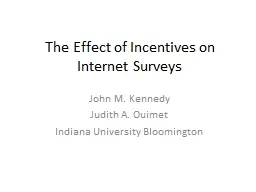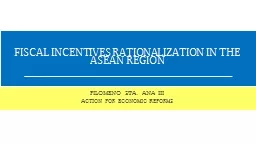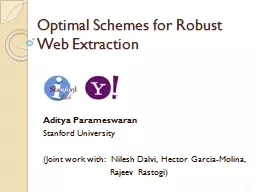PPT-Do incentives build robustness in bit torrent?
Author : conchita-marotz | Published Date : 2018-03-15
By Piatek Isdal Anderson Krishnamurthy Venkataramani Presentation by Manasee Conjeepuram Krishnamoorthy Main idea Introduction Bit Torrent Overview Modeling Altruism
Presentation Embed Code
Download Presentation
Download Presentation The PPT/PDF document "Do incentives build robustness in bit to..." is the property of its rightful owner. Permission is granted to download and print the materials on this website for personal, non-commercial use only, and to display it on your personal computer provided you do not modify the materials and that you retain all copyright notices contained in the materials. By downloading content from our website, you accept the terms of this agreement.
Do incentives build robustness in bit torrent?: Transcript
Download Rules Of Document
"Do incentives build robustness in bit torrent?"The content belongs to its owner. You may download and print it for personal use, without modification, and keep all copyright notices. By downloading, you agree to these terms.
Related Documents














